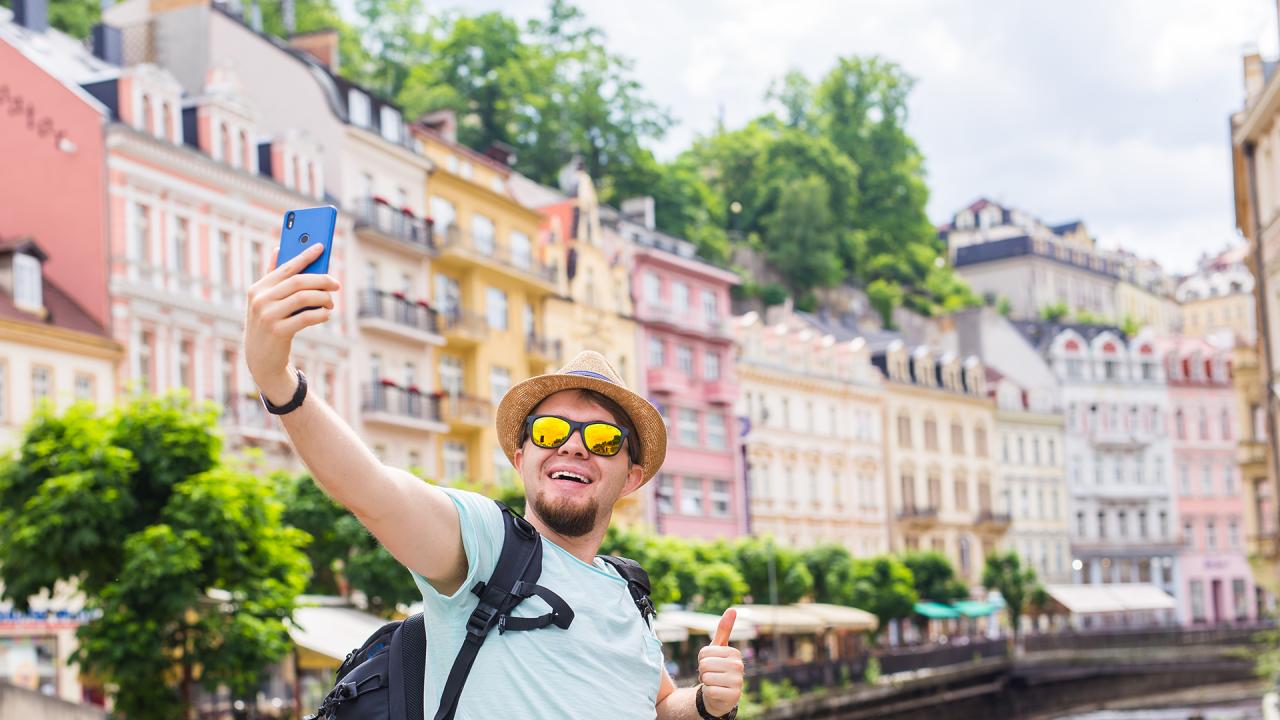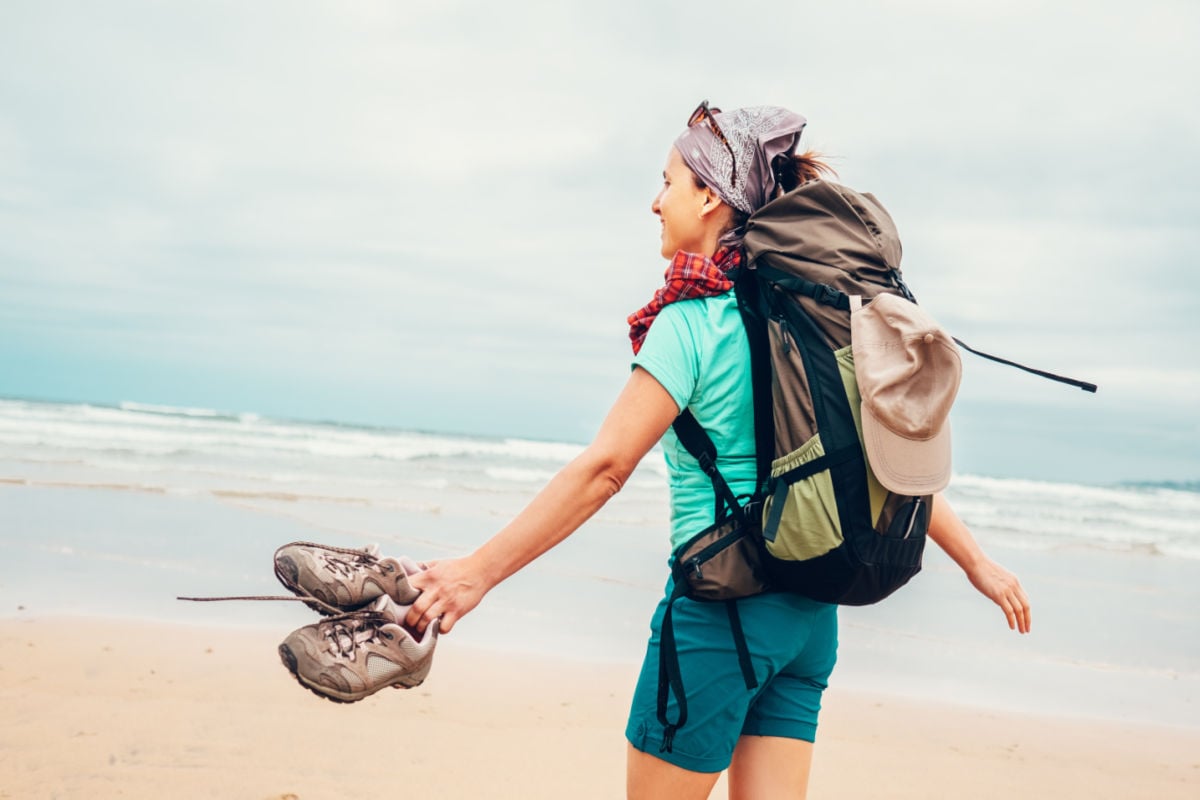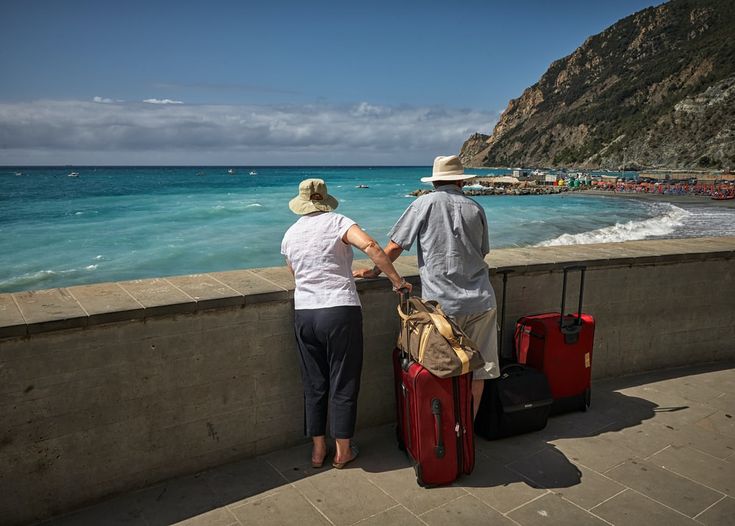Tips for solo senior citizen travel in Europe: Embarking on a European adventure as a senior traveler offers unparalleled opportunities for discovery and personal growth. This guide navigates the unique considerations of solo travel for seniors, providing practical advice and insightful strategies to ensure a safe, enriching, and memorable experience. From meticulous planning and prioritizing health and safety to mastering budgeting and embracing the social aspects of solo travel, we’ll cover all the essential elements for a truly fulfilling journey.
This comprehensive guide will address key aspects of planning, including selecting suitable destinations, choosing the right travel style, booking accommodations and transportation, and managing finances. We will also explore health and safety concerns, communication strategies, and ways to combat potential loneliness while embracing the independence of solo travel. Our aim is to empower senior citizens to confidently explore the wonders of Europe on their own terms.
1. Planning Your Trip
Choosing the right destination is paramount. Consider accessibility features at potential destinations. Research whether attractions offer wheelchair access, ramps, accessible restrooms, and appropriate transportation options. Climate is another key factor; opt for a climate that suits your health and comfort level. Finally, align your destination with your interests – whether it’s history, nature, art, or relaxation.When determining your travel style, consider your energy levels and preferences.
Guided tours offer convenience and structure, while independent exploration provides flexibility. Cruises offer a blend of both, but may have accessibility limitations. Carefully weigh the pros and cons of each.Booking flights and accommodation in advance, especially during peak season, is crucial. Look for senior discounts offered by airlines and hotels. Don’t forget travel insurance; it’s a vital safeguard against unexpected medical expenses or trip disruptions.Thoroughly research visa requirements and necessary vaccinations well in advance of your trip.
Allow ample time for visa applications and ensure you receive any necessary vaccinations from your doctor.Packing essentials is key. Pack comfortable, supportive shoes, all necessary medications (with copies of prescriptions), and important travel documents (passport, visa, tickets, insurance information) – ideally keeping copies separate from the originals.

2. Health and Safety
Before embarking on your journey, consult your doctor. Discuss your travel plans, any pre-existing medical conditions, necessary vaccinations, and recommended precautions.Pack a comprehensive first-aid kit including any personal medications, bandages, antiseptic wipes, pain relievers, and any other items your doctor recommends.Familiarize yourself with local emergency services numbers and procedures. Know how to contact local medical assistance, police, and fire services.Purchase travel insurance with comprehensive medical coverage.
Ensure it covers medical emergencies, evacuations, and trip cancellations.Prioritize staying hydrated and eating healthy throughout your trip. This will help maintain your energy levels and overall well-being.Always be aware of your surroundings and avoid risky situations. Stick to well-lit and populated areas, especially at night.Register your travel plans with your embassy or consulate. This allows them to contact you in case of emergencies or unforeseen circumstances.

3. Accommodation and Transportation
Choose accessible and comfortable accommodation. Opt for hotels with elevators, single rooms for ease of movement, and readily available assistance if needed.Utilize public transportation whenever possible. Research routes and schedules in advance, paying close attention to accessibility features like ramps, elevators, and designated seating.Consider ride-sharing services or taxis for shorter distances or when public transportation isn’t readily available. Always confirm accessibility options before booking.Book transportation in advance, especially during peak season, to secure your preferred options and avoid potential delays.Consider the distances between attractions and plan your itinerary accordingly.
Allow ample time for travel and avoid over-scheduling.
4. Budgeting and Finances: Tips For Solo Senior Citizen Travel In Europe
Set a realistic budget and track your expenses diligently. This helps you stay within your financial limits and avoid unexpected overspending.Take advantage of senior discounts and travel deals offered by airlines, hotels, and attractions. These can significantly reduce your overall travel costs.Carry sufficient cash and credit cards, but avoid carrying large sums of cash at once. Inform your bank about your travel plans to prevent your cards from being blocked due to unusual activity.Understand currency exchange rates and fees before you leave.
Use reputable exchange services to minimize costs.Be aware of potential scams and take precautions to protect yourself from theft. Keep your valuables secure and be wary of strangers offering unsolicited assistance.
5. Communication and Technology
Download translation apps and learn a few basic phrases in the local language. This will enhance your interactions with locals and make your trip more enjoyable.Stay connected with a local SIM card or international roaming plan. This allows you to easily communicate with family, friends, and emergency services.Utilize GPS navigation and travel apps to help you navigate unfamiliar areas and plan your routes efficiently.Keep family and friends informed of your itinerary, including your daily plans and contact information.Have a backup communication plan in case of emergencies, such as a pre-paid phone card or a satellite communication device.
6. Sightseeing and Activities
Choose activities appropriate for your physical abilities. Avoid overly strenuous activities that could lead to fatigue or injury.Pace yourself and avoid overexertion. Take frequent breaks and rest when needed. Don’t try to cram too much into each day.Utilize assistive devices if necessary, such as a wheelchair, walker, or cane. Many attractions offer rental services.Book tours and activities in advance, especially during peak season, to secure your spot and potentially obtain senior discounts.Prioritize accessibility when choosing attractions.
Check websites and contact venues directly to confirm accessibility features before your visit.
7. Social Interaction and Loneliness
Join group tours or activities to meet other travelers and combat potential feelings of loneliness. Sharing experiences with others can enhance your trip.Engage with locals and make new connections. Ask for recommendations, share stories, and learn about the local culture.Utilize social media to stay connected with friends and family back home. Sharing your experiences can help you feel less isolated.Be open to new experiences and embrace the solo travel experience.

Step outside your comfort zone and enjoy the journey.Plan for downtime and relaxation. Schedule time for rest and reflection, allowing yourself to recharge and enjoy the moments of peace.Remember to enjoy your trip! Careful planning and preparation will help ensure a safe, enjoyable, and memorable experience.
Traveling solo as a senior citizen in Europe can be a remarkably rewarding experience, filled with unique opportunities for self-discovery and connection. By carefully considering the planning stages, prioritizing health and safety, and embracing the social aspects of travel, seniors can unlock a world of enriching experiences. Remember to embrace flexibility, celebrate the journey, and cherish the memories created along the way.
Your European adventure awaits – plan wisely, travel safely, and enjoy the journey!

